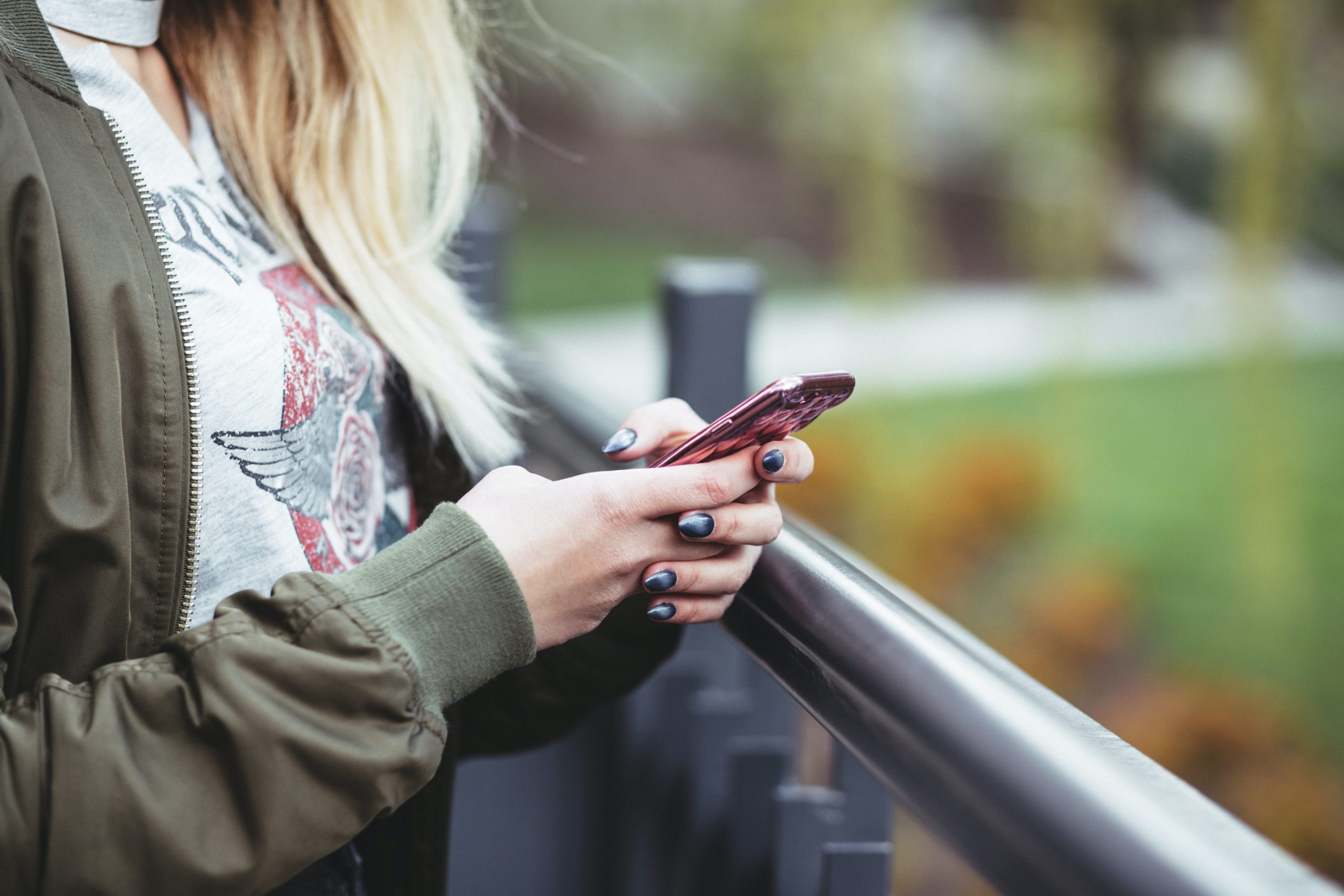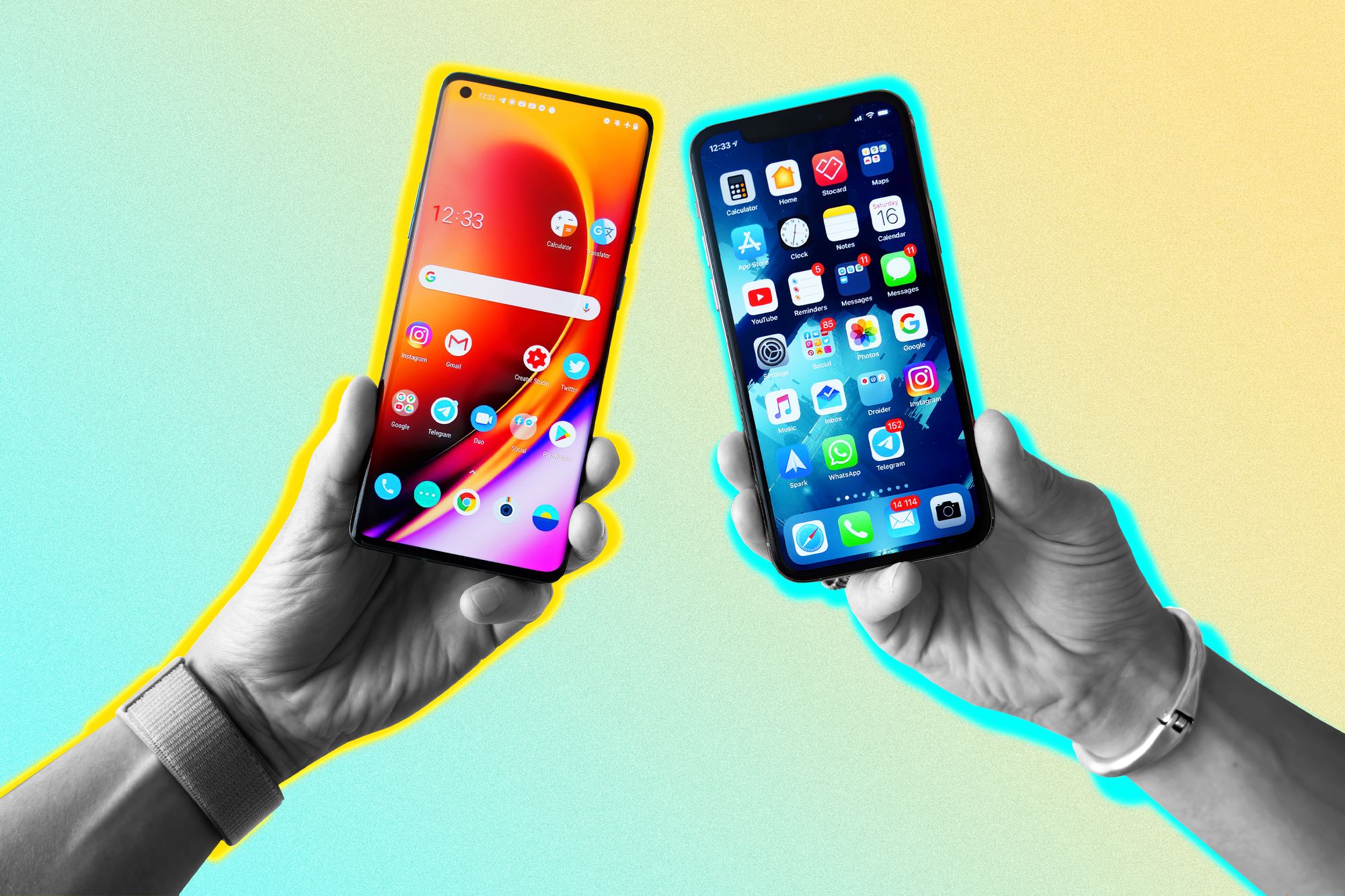Apple vs Android’s Loss Prevention Features: A Comparative Analysis Across Different Brands and Models
Good Day. Welcome to QEPR Connected, your weekly 5 minute resource keeping you connected to the stories, technologies, and global experiences of a Digital Lifestyle.
In Today’s Newsletter:
- Trends: Apple and Android Loss Prevention Features
- Stories: Additional Insights from around the web
THE BIG IDEA:
A Comparative Analysis: Apple and Android Loss Prevention Features
In the realm of mobile technology, the safety of our devices is paramount. The importance of smartphone loss prevention and loss recovery features has grown exponentially with our reliance on these handheld devices for personal and professional use.
In this edition of QEPR Connected, we compare and contrast the loss prevention features across various smartphone brands and models, highlighting how different manufacturers address the crucial need to protect and recover these indispensable gadgets.
The Imperative of Smartphone Loss Prevention and Recovery
Smartphone loss can be more than just an inconvenience—it can mean losing crucial data, personal memories, and access to essential services. Therefore, smartphone manufacturers have developed various loss prevention and recovery features to safeguard users’ devices. This article examines how these features vary across different brands and models, offering a comprehensive overview of the security landscape in the smartphone industry.
Apple’s iPhone: Pioneering Loss Prevention Technology
Apple’s iPhones are renowned for their robust security features. Here’s how Apple equips its devices with loss prevention and recovery capabilities:
iPhone Loss Prevention Features
- Find My iPhone: A staple feature, it allows users to track their device’s location, play a sound to locate it, remotely lock it, and even erase all data if necessary.
- Activation Lock: This feature prevents anyone else from using your iPhone if it’s lost or stolen, linked to your Apple ID.
- Two-Factor Authentication: Adds an extra layer of security, ensuring that only you can access your account, even if someone knows your password.
iPhone Loss Recovery Features
- Lost Mode: Locks your device and tracks its location while keeping your personal information secure.
- Location History: Provides a log of the device’s location, aiding in recovery efforts.
Android Devices: A Diverse Approach to Security
Android smartphones, offered by various manufacturers, provide a range of loss prevention and recovery features. Here’s how different brands stack up:
Samsung’s Galaxy Series
- Find My Mobile: Similar to Apple’s offering, it includes tracking, remote locking, and data erasing capabilities.
- Samsung Knox: A defense-grade security platform that protects your phone from the chip up.
Google Pixel
- Find My Device: Integrated into Google Play services, offering location tracking, device locking, and data erasure.
- Titan M Security Chip: Provides on-device security for login credentials, disk encryption, app data, and the integrity of the operating system.
Other Android Manufacturers
Different Android manufacturers integrate varying levels of security features, often depending on the model and price point. Common features include basic device tracking, remote locking, and data wiping capabilities.
Comparative Analysis: iPhone vs. Android Devices
When comparing iPhone and Android devices:
- User Interface and Integration: Apple’s Find My iPhone is praised for its seamless integration and user-friendly interface, while Android’s Find My Device varies slightly across manufacturers, offering a more diverse user experience.
- Security Levels: Both platforms provide robust security features, but Apple’s closed ecosystem often offers more controlled and consistent updates and security patches.
- Customization: Android devices offer more customization in security settings, given the diverse range of manufacturers and models.
The Future of Smartphone Loss Prevention and Recovery
Looking ahead, the industry is moving towards more integrated and intelligent loss prevention solutions. Features like geofencing, predictive analytics, and AI-driven security measures are becoming more prevalent. Manufacturers are continuously innovating to provide more secure and user-friendly ways to protect and recover smartphones.
While Apple’s iPhones provide a streamlined, integrated approach, Android devices offer a wide range of features tailored to various user needs and preferences. The evolution of these features is a testament to the growing importance of smartphone security in our digital lives.
As technology advances, we can expect even more sophisticated solutions to emerge, enhancing our ability to safeguard our mobile devices against loss and theft effectively.

STORIES:
We dive deep into the vast depths of mobile technologies, and global experiences of a Digital Lifestyle, and surfaced 2 high-impact stories you need to know which relate to Apple vs Android’s Loss Prevention Features:
- USA Today – Compares Apple to Android’s loss prevention features which protects your information before your phone is lost, stolen, or broken.
- Norton – The foremost security expert reports on which is better from a security point of view: Apple or Android.
IN CONCLUSION:
This edition of QEPR Connected has provided a thorough comparative analysis of Apple and Android’s loss prevention features, underscoring the critical role these technologies play in the modern digital landscape.
The comparison reveals that while Apple offers a more integrated, user-friendly system with consistent updates, Android devices present a diverse array of customizable security options across different brands and models.
As we move forward, the ongoing evolution in smartphone security, marked by the adoption of advanced features like geofencing, predictive analytics, and AI-driven security measures, shows promise in further enhancing our capabilities to protect and recover smartphones.
This progress, highlighted in reports from USA Today and Norton, reflects a growing emphasis on developing more sophisticated, user-centric solutions that cater to the varied needs of smartphone users, ensuring our digital lives remain secure against the threats of loss and theft!

